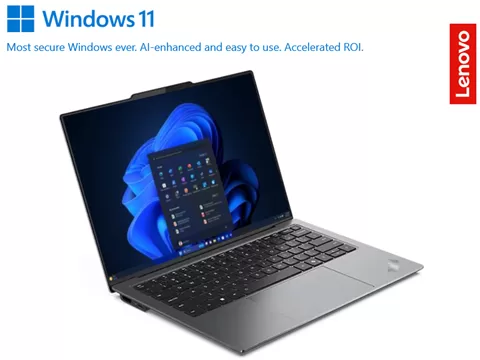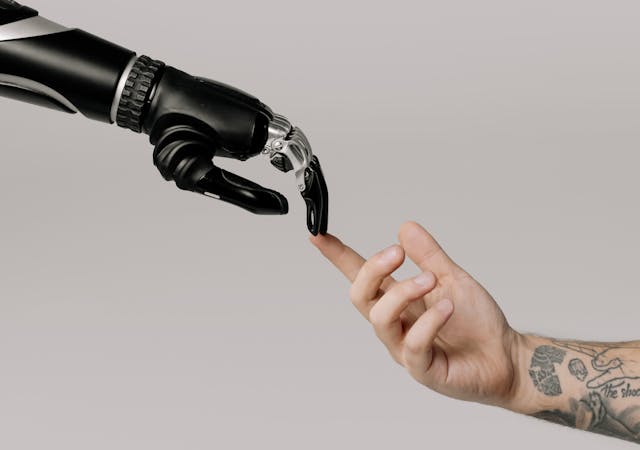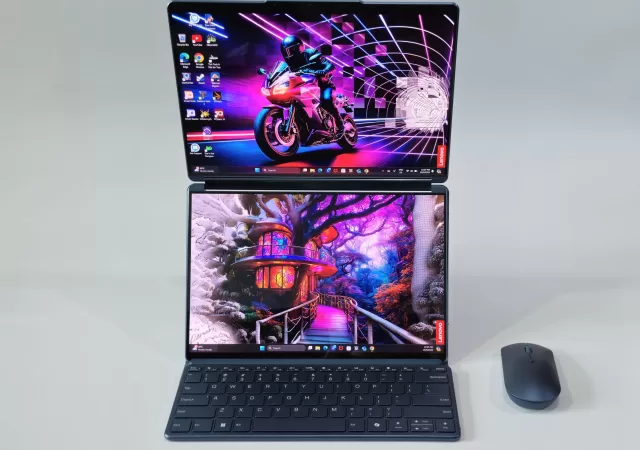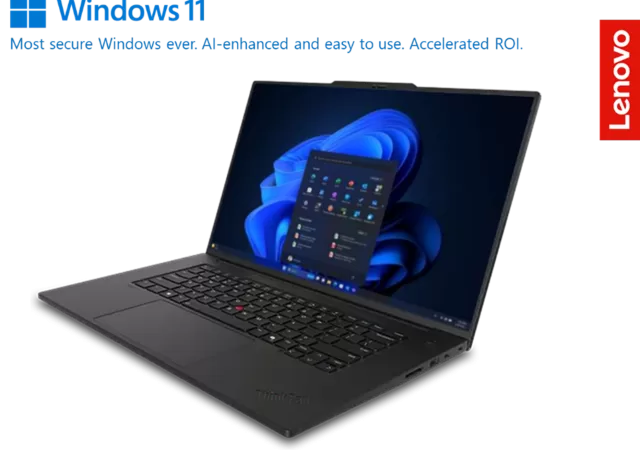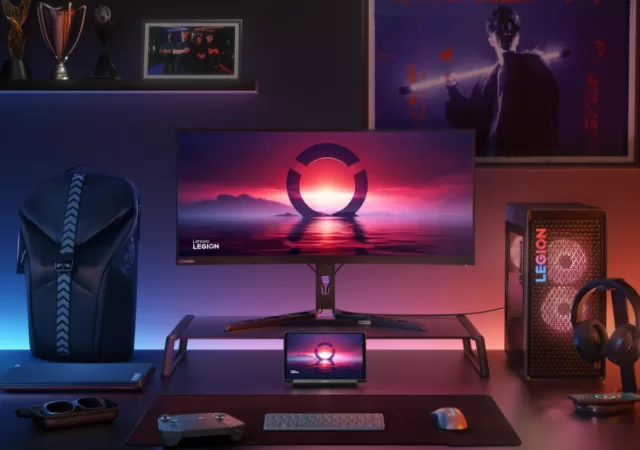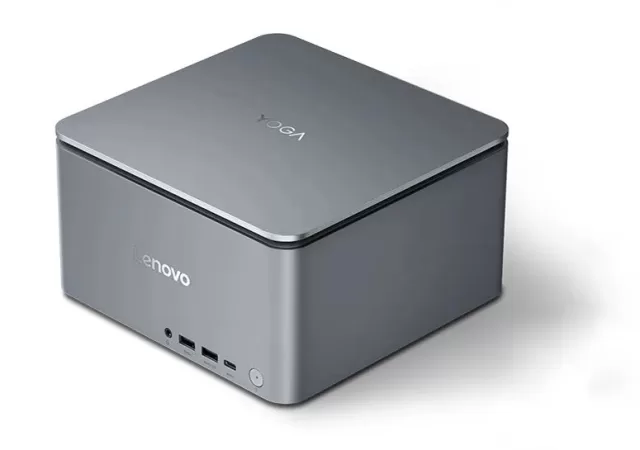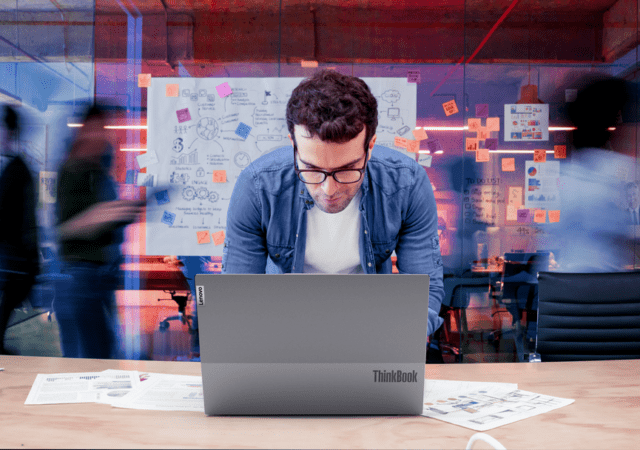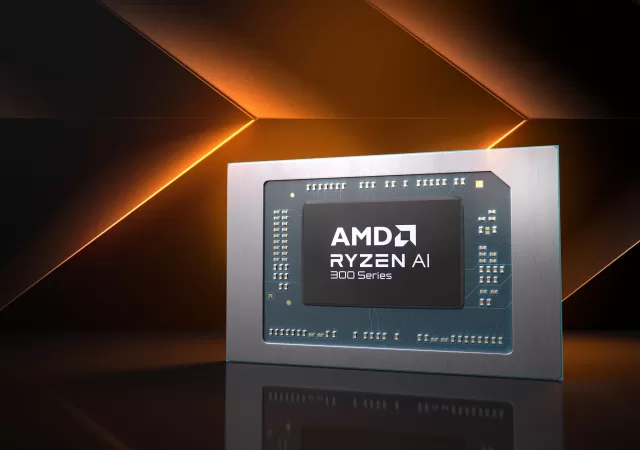Harness Generative AI. Lenovo’s end-to-end solutions make AI practical everywhere, from AI-powered devices & PCs to full adoption services for your business
How IT Leaders Can Give Employees The ‘Magic Touch’ with Tech
Uncover the role of Lenovo in addressing the digital skills gap, making workplace technology accessible for everyone.
Lenovo Yoga Book 9i (2024) Review -Making Dual Screen Laptops Viable
Lenovo’s Yoga Book 9i 13’ (2024, Gen 9 – 13IMU9) is a great dual OLED touch screen OLED laptop for entertainment, productivity and light content creation. With a unique design that is practical and sleek, this is a great laptop…
Why Your Business Needs An Effective Sustainability Strategy
This article is contributed by Varinderjit Singh, General Manager, Lenovo Malaysia It’s vital that we look after the planet for future generations, but that’s not the only reason to implement a sustainability strategy within your organisation. Cutting emissions, embracing the…
Lenovo Announces New Monitors and Accessories for the Legion Ecosystem
Lenovo expands its Legion lineup with accessories for the Legion Go and two brand new monitors built for the ultimate gaming experience.
Lenovo YOGA Portal Packs Performance with A Small Footprint
Lenovo unveils the Yoga Portal Mini PC in China that packs tonnes of performance in a compact size.
Cloud, Connectivity, AI, Security: What SMBs Need From Technology
Maximize SMB potential with technology. Stay agile by embracing technological advancements to meet customer demands, transact efficiently, and explore global opportunities.
AMD Has Announced the Ryzen AI 300 Series Laptop Processors and It’s Pushing Real Hard
AMD announces the new Ryzen AI 300 series processors at Computex 2024 heralding a shift in focus to AI performance chips for laptops.
Lenovo Deploys an AI Engine Streamlines Sustainable IT Solutions for Businesses with LISSA
Lenovo announces LISSA an AI model to help companies achieve their sustainability goals with systematic insights and actionable data.
Lenovo & Austral Techsmith Join Forces to Revolutionize Smart Cities in Malaysia
Lenovo and Austral Techsmith join forces to bring next-generation video analytics to Malaysian cities through their strategic partnership and innovative 5G smart poles.



